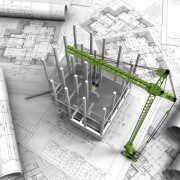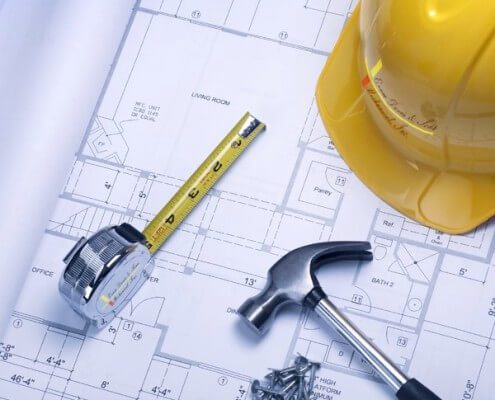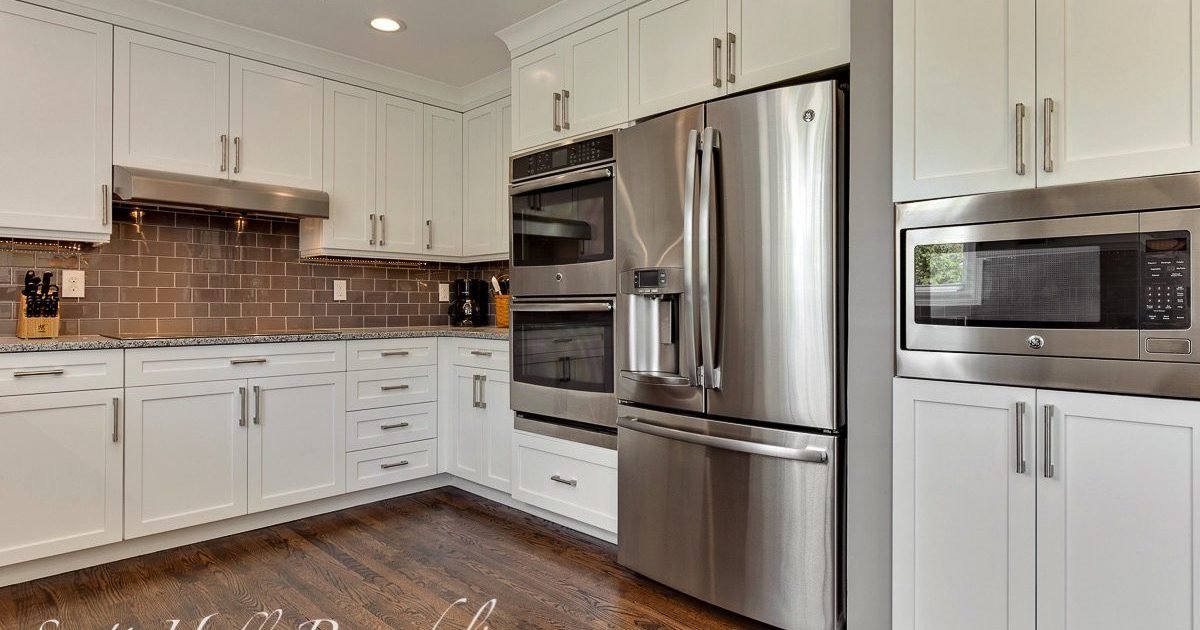How Design Build Remodeling Saves You Time
Every home has to start with a great plan. It stands to reason then that every remodeling project needs to also have the same dedication and planning put into it. But perhaps you have been putting off deferred maintenance in your home for a long time simply because you don’t know where you will find the time to live through a remodel.
1. Setting a Realistic Schedule
Estimating how long a remodeling project will take is far from an exact science. However, using a design build remodeler can help you understand a realistic time frame. You may know that too many remodeling projects can stall, leaving part of your home in disarray for an unknown amount of time. But a design build firm will always make sure that your project will stay as close to your originally agreed upon schedule as possible. The connections of design build remodelers can come in handy if there are material delivery delays or unforeseen issues that need to be fixed before the original project can continue. Since the scope of work is part of the work contract, you can be sure that the work will get done.
2. One Stop Shopping
Another way that design build saves you time is that many design build remodelers offer one stop shopping. Many subcontractor services such as plumbing and electrical are handled by the remodeler so that you don’t have to find those trades people on your own. Also, you won’t have to haggle with prices and try to fit subcontractor’s schedules since the design build remodeler will be handling these aspects of the work for you.
3. Time Saving Techniques
Another major advantage of using design build remodelers is that they often will be aware of time-saving (and cost-saving) new materials or techniques that will improve the quality of your project. Also, any potential delays are figured into the scope of work, so the estimate of the work completion date will be as accurate as possible. Of course, factors that you have no control over such as weather cannot be figured in. But since the scope of work is planned out, indoors work can be moved up to be done during bad weather days.
4. Fitting all of the pieces of the puzzle together
The greatest advantage of using a design build remodeler is that they do a lot of the legwork for you, especially with the design and finding the right suppliers and subcontractors to do the job. The hardest part of undergoing any home remodeling project is fitting all of the pieces of the puzzle together. It can become an overwhelming process doing it on your own. Some remodelers will be happy to do the work, but you have to figure out more of the details than perhaps you would expect. But by using an expert team who does these types of projects on a regular basis, you can save lots of lead time and get your project done as soon as possible.















